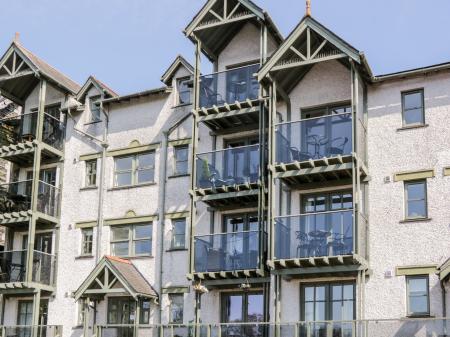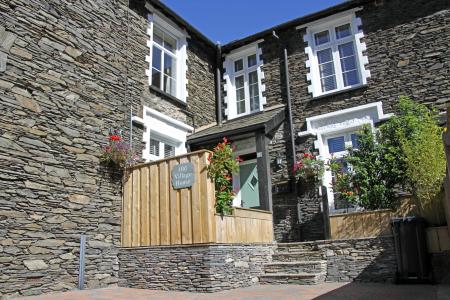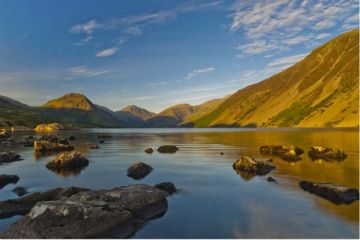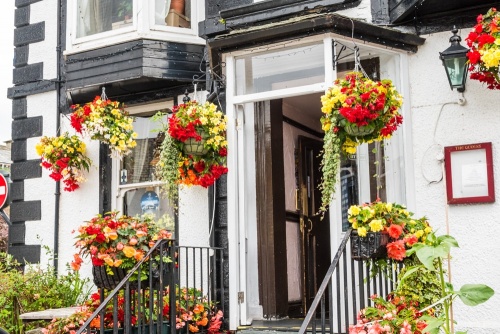
Windermere was a popular Victorian resort and has a lot to offer family vacationers. The most popular visitor attraction is the Windermere Steam Boat, which offers cruises up and down the lake. Boat cruises depart from Bowness Bay, connecting to Waterhead, near Ambleside, at the north end of the lake, and to Lakeside at the southern end.
Boating is the main reason most people come to the area, and over 10,000 pleasure craft are registered at Bowness.
Windermere did not exist until the arrival of the railway line from Kendal in 1847. There was a hamlet here by the shore of Lake Windermere, called Birthwaite. When the railway was built the railway company decided to name the station after the nearby lake. The name took hold, and Birthwaite was forgotten in favour of the new town of Windermere, which grew up around the rail station.
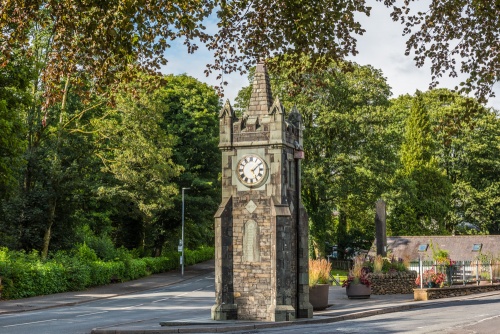
The arrival of the railway prompted a flood of visitors bent on enjoying the Lake and the beauty of the Lake District. The town grew quickly and became an extremely popular tourist destination.
The influx of visitors also led to the growth of neighbouring Bowness, and the two towns have grown together over the past century so that it can be hard to tell where one stops and the other begins. Each town has its own distinct town centre, however, with a mix of Victorian and Edwardian buildings predominating.
Near the station is The Terrace, built by AW Pugin, the architect of the Palace of Westminster, for railway executives. The Terrace residences are now rented as holiday homes.
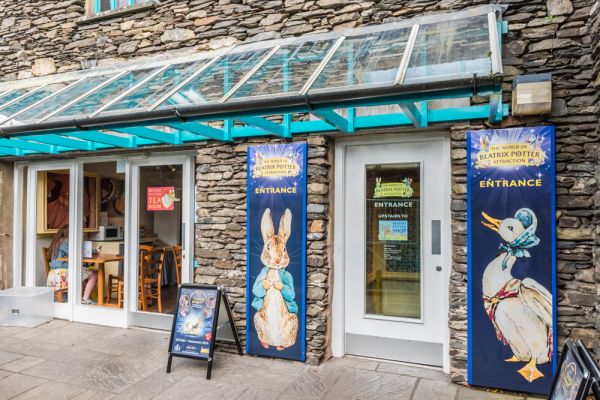
At the height of its Victorian splendour, wealthy businessmen built palatial houses along the lakeshore. Many of these have been converted into hotels. One such waterside mansion was Brockhole, just south of Windermere, which has been converted into the National Park Visitor Centre but retains its historic 19th-century gardens.
On the far bank, opposite Brockhole, stands Wray Castle, where Beatrix Potter stayed during family holidays.
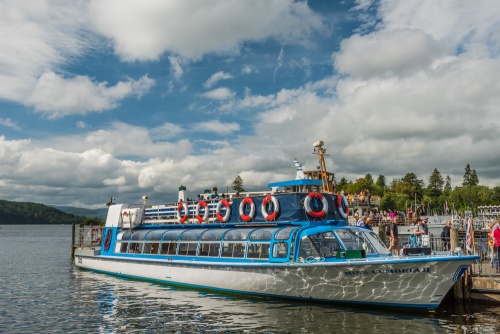
St Mary's Church
A church with an unusual history, St Mary's was built as a proprietary chapel in 1847 by Rev JA Addison. Rev Addison ran into financial problems and sold the church to the town of Windermere in 1855. It became a fully-fledged parish church in 1856. The original building was extended several times, and the central tower added in 1881.
The result is an attractive building of slate and sandstone, with a mix of Geometric and Decorated Gothic style. Perhaps the most interesting feature is the east window, with stained glass by the famed Victorian glassmakers Burlison and Grylls.
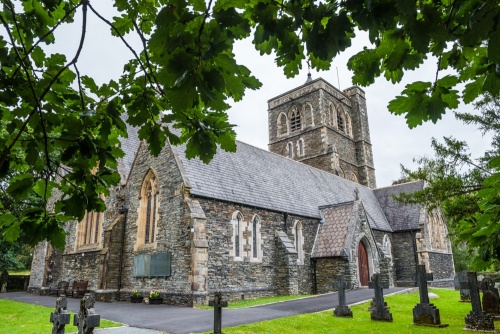
Orrest Head
Near the church on Church Street (the A591) is the start of a very popular footpath to Orrest Head, a viewpoint offering superb panoramic vistas over Lake Windermere and the Lakeland fells in the distance. It takes about 20 minutes to reach the viewpoint and there is an information panel to help you identify points of interest in the distance.
The footpath winds through Elleray Wood, given to the town by the Heywood family, who owed the Elleray Estates in the 19th century. The Woods cover 18 acres and include many of the original Victorian carriage drives and walking trails.
The woodland is home to a wide variety of birds, mammals and butterflies. Roe deer are often seen, and tawney owls roost just below the Orrest Head viewpoint. A trail leaflet is available at the start of the path.
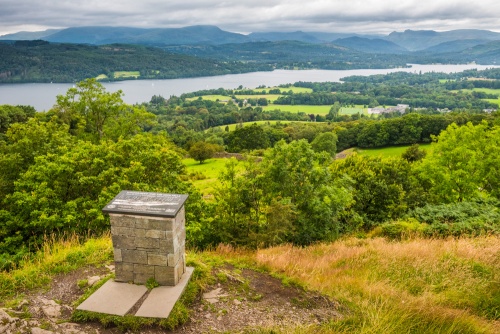
At the junction of New Road and Lake Road stands a local landmark; the Baddeley Memorial Clock, erected in 1907 and looking rather like a truncated church tower and spire.
One of the most popular meeting places in the town is The Queens Pub (no apostrophe) on Victoria Street. The pub was built around 1730 as a coaching inn, serving the hamlet of Birthwaite. After Queen Victoria's visit to Windermere for her Golden Jubilee in 1887 the pub was renamed in her honour.
Another local landmark is the Windermere Hotel (originally the Riggs Hotel). The hotel dates to 1847 and was built to serve visitors brought to the area by the rail line from Kendal which opened that same year.
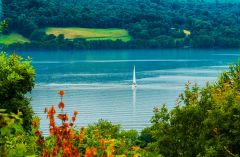
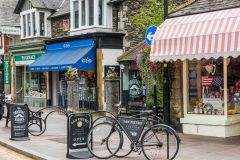


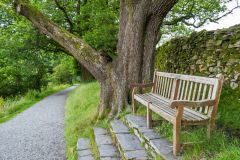


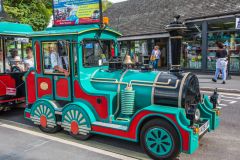
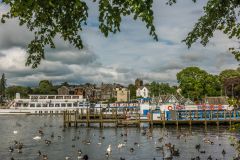

 We've 'tagged' this attraction information to help you find related historic attractions and learn more about major time periods mentioned.
We've 'tagged' this attraction information to help you find related historic attractions and learn more about major time periods mentioned.